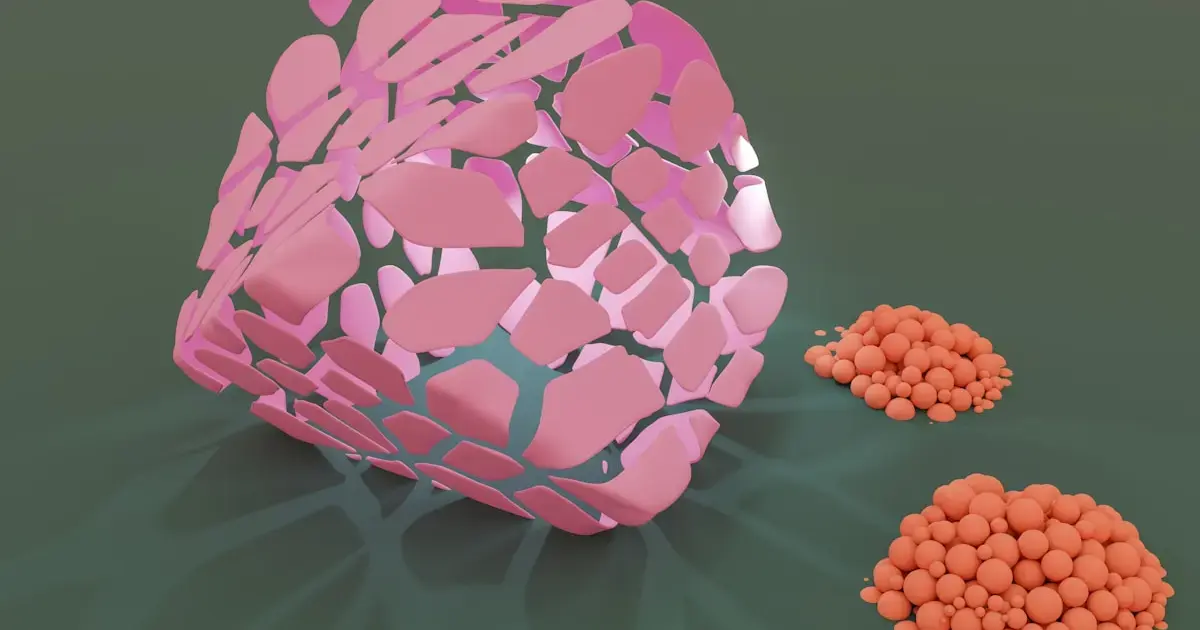 Scientists are increasingly warning that tiny micro- and nanoplastic particles, which are ubiquitous, regularly enter the human body through food, water, and air.
Scientists are increasingly warning that tiny micro- and nanoplastic particles, which are ubiquitous, regularly enter the human body through food, water, and air.
According to a new study from the University of Rhode Island (USA), these particles have been found in all systems of the body, including the brain. There, they accumulate, leading to conditions similar to .
Previous research has shown that can even penetrate the blood-brain barrier, which protects the brain from harmful foreign influences, including viruses and bacteria.
The authors of the new study assessed the impact of plastic toxins that cross the blood-brain barrier on brain health. The team found that the accumulation of such plastic particles in the brain could lead to a decline in cognitive abilities and even Alzheimer’s disease. This is particularly concerning for those with genetic risk factors, as reported by Independent.

What Did the Scientists Discover?
In their research, scientists studied mice genetically modified to include the natural APOE4 gene—a strong indicator of Alzheimer’s disease risk. This gene is known to increase the likelihood of developing the disease by 3.5 times compared to carriers of the APOE3 gene variant passed down from parents to offspring.
“You can have identical twins, both with the APOE4 gene, one of whom will be completely cognitively healthy, while the other may develop Alzheimer’s disease,” noted lead author Jamie Ross. “This indicates a significant role of lifestyle and environmental conditions in these processes. We are examining variable factors associated with Alzheimer’s disease: diet, exercise, vitamins, and especially environmental toxins like microplastics,” Dr. Ross added.
Together with her team, she aimed to identify the level of risk for developing Alzheimer’s disease in those who carry the APOE4 gene and inadvertently consume large amounts of microplastics.
Over three weeks, the researchers exposed two groups of mice (with APOE4 and APOE3) to micro- and nanoplastics through drinking water. These tiny particles, found in polystyrene takeout containers, plastic cups, and other items, penetrated the mice’s organs, including the brain.

The study also included a control group of mice that carried the mentioned APOE variants but were not exposed to microplastics.
The scientists then assessed the of each mouse using an “open field” test, during which the rodent was placed in a chamber and allowed to explore for 90 minutes.
What they observed was striking. Typically, in this test, mice huddle against the walls to hide from potential predators. However, the APOE4 mice exposed to microplastics, especially the males, mostly wandered around the open space, remaining vulnerable to potential dangers.
In a second test, the scientists evaluated the mice’s ability to recognize new objects. According to the researchers, female mice with the APOE4 gene exposed to microplastics were slow to recognize new objects, indicating a decline in cognitive abilities.
“Men with Alzheimer’s disease tend to experience apathy and indifference more frequently. In women with this disease, memory changes are more commonly observed. So, the connection between memory and apathy is quite evident,” Dr. Ross said.
Thus, if animals carrying the highest known risk factor for developing Alzheimer’s disease are exposed to micro- and , their behavior changes depending on sex. This mirrors what is observed in humans with Alzheimer’s disease, the scientists stated.
Researchers plan to continue studying the cognitive decline caused by exposure to micro- and nanoplastics, which are among the most common environmental toxins.
The results of the study were published in the journal Environmental Research Communications.
Photo: Unsplash
